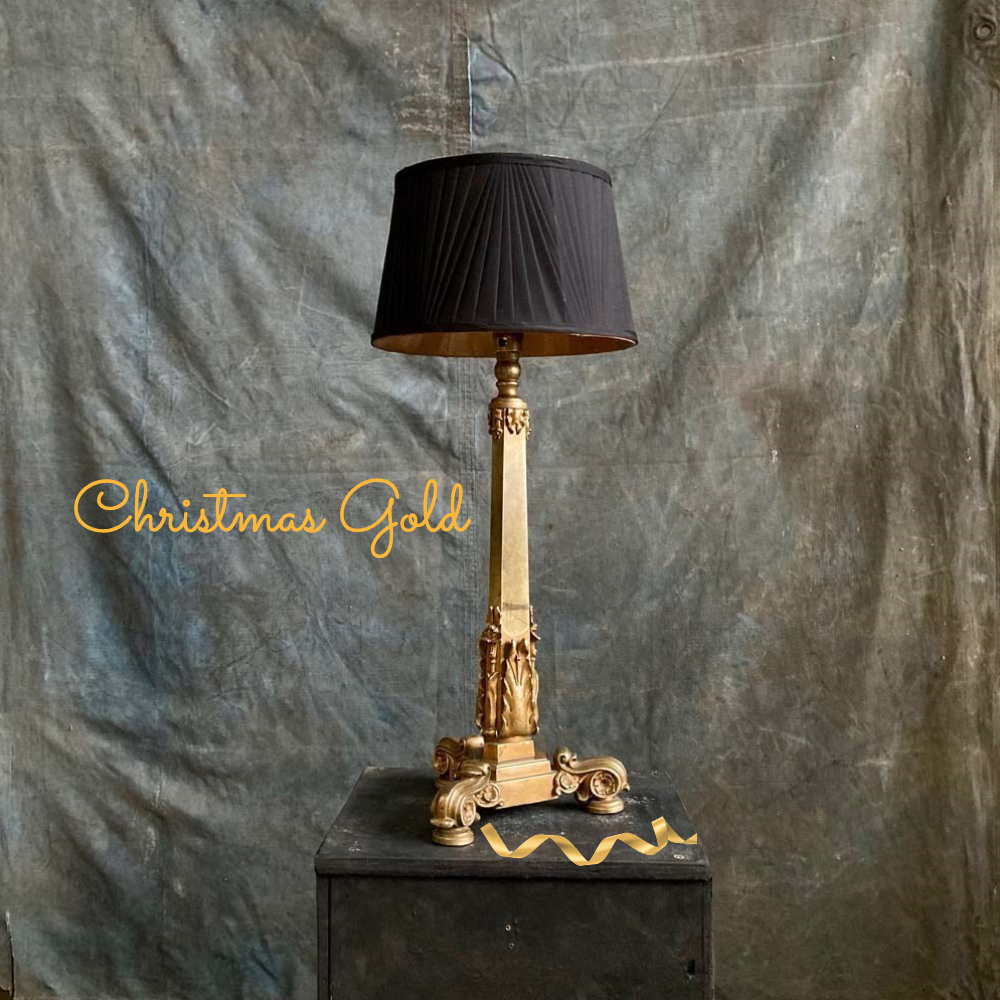Icons have been an integral part of the Christian faith for centuries, embodying the divine and creating a connection between the physical and spiritual worlds.
Through their sacred artistry and symbolism, these icons have evolved over the ages to become powerful tools of devotion and meditation for the faithful.
What is a religious icon?
A religious icon is a sacred image or representation of a religious figure, such as Christ, the Virgin Mary, or various saints, that hold significant religious and spiritual meaning within a specific faith.
These icons serve as aids to worship and are often used in religious ceremonies, personal prayer, and meditation.
The origin of religious icons
Religious icons can be traced back to the Byzantine Empire, which spanned from the fourth to the fifteenth century CE.
As Christianity spread throughout the empire, religious icons emerged as a distinct form of art, deeply embedded in the cultural and spiritual fabric of Byzantine society.
These early icons were characterised by their distinctive style, heavily influenced by Greco-Roman and Oriental artistic traditions.
The Byzantine style utilised a rich palette of colours, intricate patterns and detailed imagery, contributing a spiritual depth and aesthetic beauty to these sacred pieces.
Artistry of iconography
The art of iconography was meticulously developed by Byzantine craftsmen, who adhered to strict guidelines to create a sense of harmony and balance in their compositions.
The techniques they employed, such as the use of gold leaf and egg tempera on wood panels, resulted in luminous, ethereal works that were thought by many who viewed them to reflect the divine light of God.
In addition, the use of reverse perspective and stylisation of figures contributed to the spiritual power of these icons, setting them apart from other art forms of the time, including portraiture.
Evolution through the ages
Over the centuries, religious iconography has evolved in response to changing cultural and political landscapes. As the Byzantine Empire declined, the tradition of painting icons was carried forward by the Eastern Orthodox Church, where it continued to flourish.
In contrast to the vibrant colours and elaborate detail of Byzantine icons, the Orthodox tradition developed a more sombre and introspective style, reflecting the austere spirituality of the Russian people.
In the West, Romanesque and Gothic art styles influenced the creation of religious icons, leading to a more naturalistic and emotive approach to their representation.
Despite these stylistic variations, the primary purpose of religious iconography has remained remarkably consistent. This was primarily to serve as a conduit for spiritual communion and contemplation.
Religious icons – the key takeaway
Throughout history, religious iconography has continued to fascinate both believers and non-believers. Icons have been used to communicate complex theological concepts and foster spiritual growth.
In the Eastern Orthodox tradition, the iconostasis, a screen or wall adorned with icons, plays a central role in liturgical worship, reflecting the church's hierarchical structure and the interconnectedness of the divine and human realms.
Likewise, in the Catholic Church, icons are still integral to the practice of prayer, meditation and the veneration of saints.






